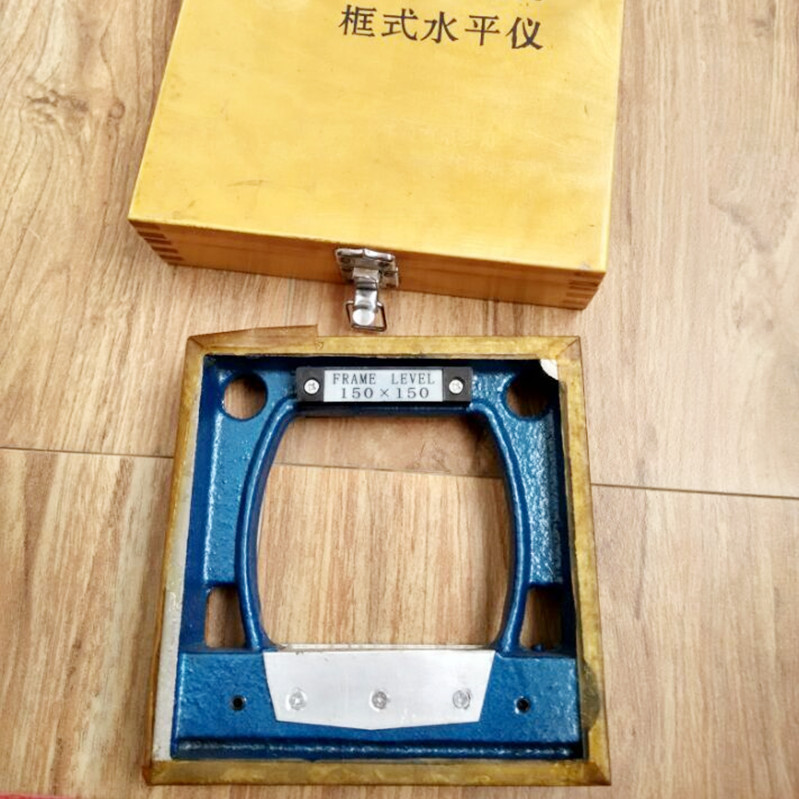Jul . 30, 2024 18:23 Back to list
Innovative Solutions for Effective Management of Bird Populations Using Advanced Control Technologies
Understanding Bird Control Devices Protecting Urban Spaces and Agriculture
Birds are an integral part of the ecosystem, contributing to pollination, seed dispersal, and pest control. However, when their populations soar in urban areas and agricultural settings, they can become a nuisance, causing significant damage to crops, property, and public health. This is where bird control devices come into play, offering effective solutions for managing bird populations while minimizing harm to the birds themselves.
Bird control devices can take various forms, each designed to deter birds without causing them injury. Common examples include visual deterrents, auditory deterrents, and physical barriers. Understanding these devices and their applications is crucial for effective bird management strategies.
Visual Deterrents
One of the most widely used bird control methods is visual deterrents. These can include reflective surfaces, decoys, and holographic tapes that mimic predator species. The idea is to create an environment that feels threatening to the birds. For instance, shiny objects can confuse and scare birds away, as they are not accustomed to seeing such reflections in their natural habitat. Reflective tape or aluminum foil strips are often strung up in areas prone to bird infestations, like rooftops and agricultural fields, deterring birds from settling.
Decoys, such as plastic owls or falcons, serve a similar purpose. They provide a visual cue that suggests the presence of a predator, discouraging birds from nesting or feeding in the area. However, the effectiveness of decoys can diminish over time as birds become acclimated to their presence, necessitating periodic repositioning or replacement.
Auditory Deterrents
Auditory deterrents leverage the natural fear that birds have of predators by mimicking their calls. Devices that produce distress calls or predator sounds can be effective in scaring birds away from specific locations. For instance, recordings of hawk calls may prevent smaller birds from congregating in an area, protecting crops or outdoor events.
bird control device

While auditory deterrents can be effective, they must be used judiciously. Continuous noise can lead to habituation, where birds become desensitized and start ignoring the sounds. Therefore, it’s crucial to implement a rotation of different sounds and volumes to maintain the effectiveness of the auditory deterrent strategy.
Physical Barriers
Physical barriers are another essential component of bird control. These include netting, spikes, and wires that physically block birds from landing or nesting in unwanted areas. Bird spikes, for example, when attached to ledges and rooftops, prevent birds from perching without causing them harm. Similarly, netting can protect fruit trees and crops from birds while allowing sunlight and rain to reach the plants.
Physical barriers tend to be among the most effective long-term solutions for bird control, particularly in urban environments where nesting on buildings is common. However, they require careful installation and maintenance to ensure they remain effective and do not harm the birds inadvertently.
Ethical Considerations
While bird control devices are essential for managing bird populations, ethical considerations should guide their use. Strategies that avoid harm to birds and their habitats are paramount. Non-lethal methods that focus on deterrence rather than extermination not only align with conservation efforts but also promote biodiversity in urban and agricultural settings.
In conclusion, bird control devices offer practical solutions for managing problematic bird populations in urban and agricultural environments. By utilizing visual and auditory deterrents, along with physical barriers, we can create balanced ecosystems where birds can thrive without causing human economic losses or health risks. As we continue to develop these technologies, a focus on ethical considerations ensures that our approaches are sustainable and respectful of wildlife.
-
Water Valve Gate Design Prevents Leakage and CorrosionNewsJul.11,2025
-
Steel Fab Table Features Reinforced Construction for LongevityNewsJul.11,2025
-
Specialized Valve Designs for High Pressure SystemsNewsJul.11,2025
-
Machinist Gauge Pins Feature Ground and Lapped FinishesNewsJul.11,2025
-
Hose Check Valve Prevents Backflow in Irrigation LinesNewsJul.11,2025
-
Durable Micrometer Tools Withstand Heavy Workshop UseNewsJul.11,2025
Related PRODUCTS









